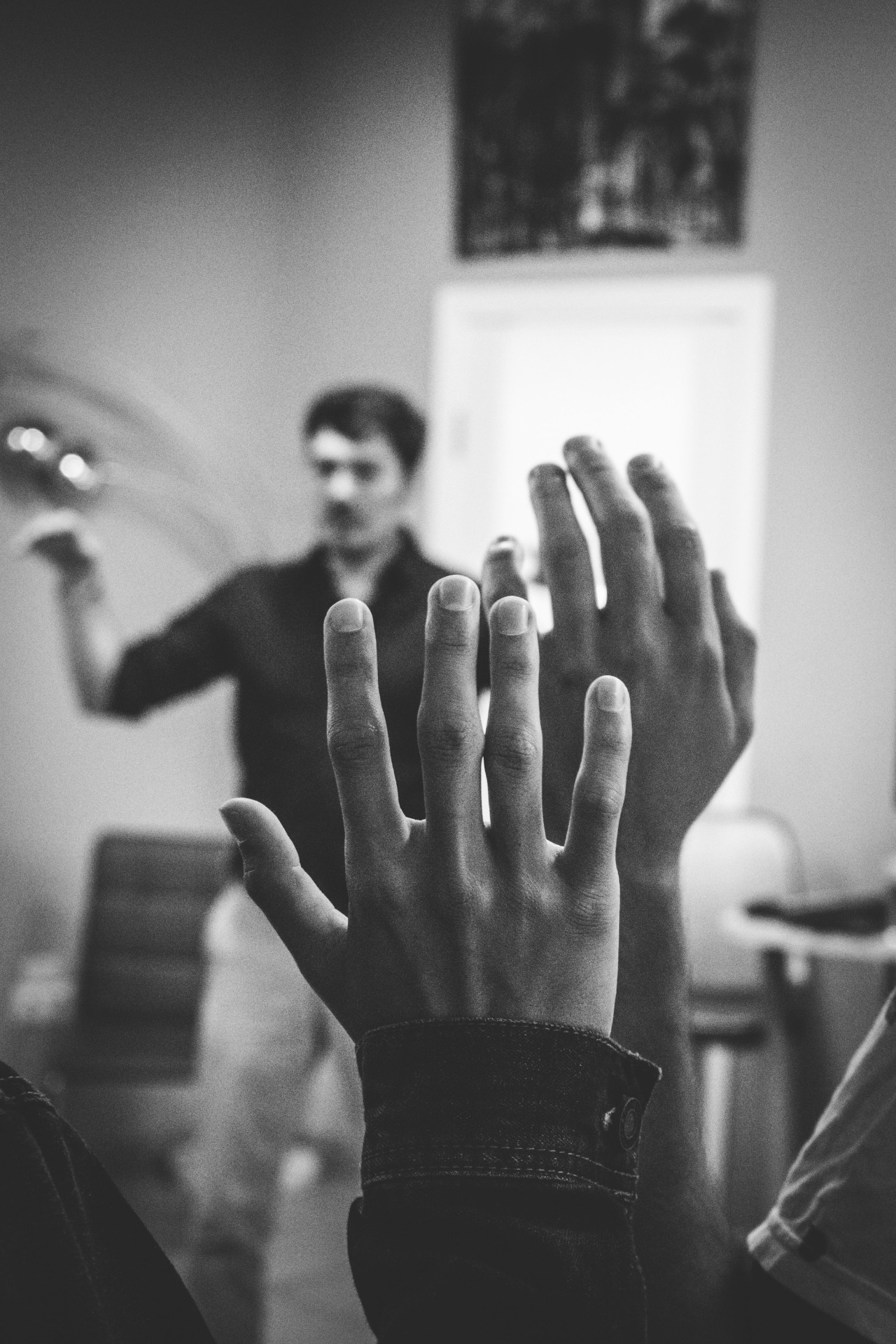The significance of body language in shaping one's overall persona cannot be overstated, especially in the context of job interviews where it often holds paramount importance. The way a candidate carries themselves through their body language not only influences the impression they leave but also speaks volumes about their confidence and suitability for the role at hand.
Understanding the profound impact of body language in communication, it's crucial to recognize that it serves as a powerful non-verbal form of expression. It goes beyond verbal articulation, revealing nuances that words alone may not convey. A lackadaisical or lax body language, for instance, can convey a negative impression, signaling a potential deficit in confidence.
Various categories encapsulate the spectrum of body language, each with its own set of characteristics:
Open: Reflects an inviting and receptive demeanor.
Eager: Indicates enthusiasm and interest in the conversation.
Dominant: Conveys authority and control in the interaction.
Frustrated: May manifest through signs of agitation or restlessness.
Defensive: Suggests a guarded or protective posture, potentially indicating discomfort.
Bored: Characterized by disinterest or lack of engagement.
Confident: Demonstrates self-assurance and poise.
Aggressive: Signifies assertiveness that might border on confrontation.
Nervous: Reveals signs of anxiety or unease.
This discussion provides essential insights into adopting body language that can leave a positive impact and foster confidence. Key areas to focus on include:
Facial Expressions: Facial expressions serve as a powerful visual communicator, with a smile being particularly influential. It conveys warmth, confidence, and creates a favorable impression.
Maintain Eye Contact: A crucial element of positive body language, maintaining eye contact indicates attentiveness. While prolonged eye contact is generally favorable in Western communication etiquette, it's important to strike a balance to avoid signaling intimidation.
Posture: An open posture, characterized by uncrossed legs, unfolded arms, and facing the other person, signifies receptiveness and interest in the conversation. This is instrumental in making a positive first impression.
In conclusion, cultivating a relaxed yet attentive demeanor is imperative. This not only signifies comfort in one's presence but also enhances effective communication. Incorporating these nuanced tips into your body language repertoire can contribute significantly to making favorable impressions, bolstering confidence, and ensuring successful interactions with others.

